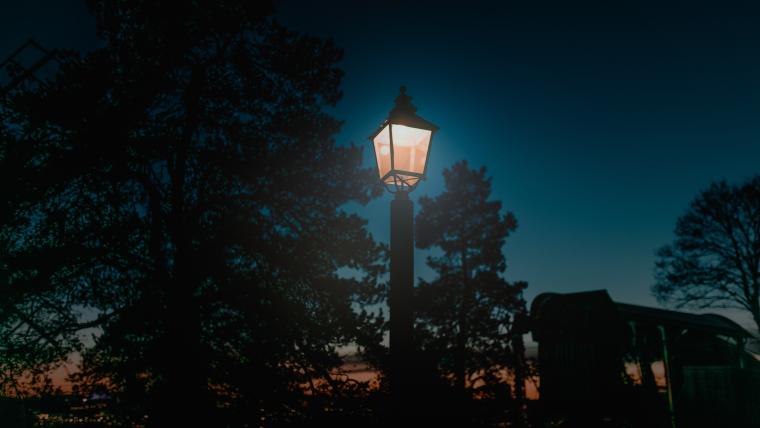
Male and female trees are responding differently to increasing temperatures
Tue, Mar 12, 2024
Dioecy, defined as distinctly male or female individuals in a species, is uncommon in plants, occurring in only about 5% of species. Consequently, our understanding of how this group of plants is being affected by climate change is limited. A group of researchers based at Purdue University in Indiana, USA asked two questions: 1) is the synchronicity in flowering in male and female trees changing? and 2) is the timing of leaf-out and flowering changing at different rates? The researchers found that male trees are advancing their flowering time at a greater rate than female trees. This is potentially bad news for these species; this pattern could reduce pollen transfer from male to female trees and negatively impact reproductive success in these trees. The researchers also found that flowering, which occurs before leaf-out in the species evaluated in this study, is advancing more rapidly than leaf-out. This finding is good news; the increasing temporal gap between flowing and leaf-out means less interference for the transfer of pollen from male to female trees.








